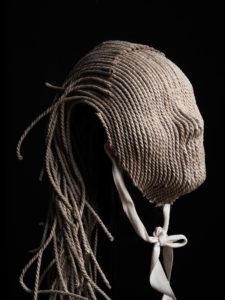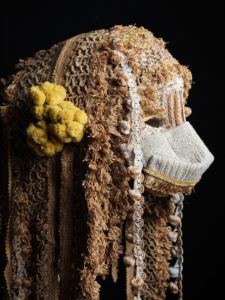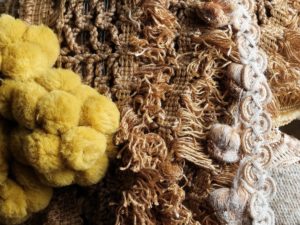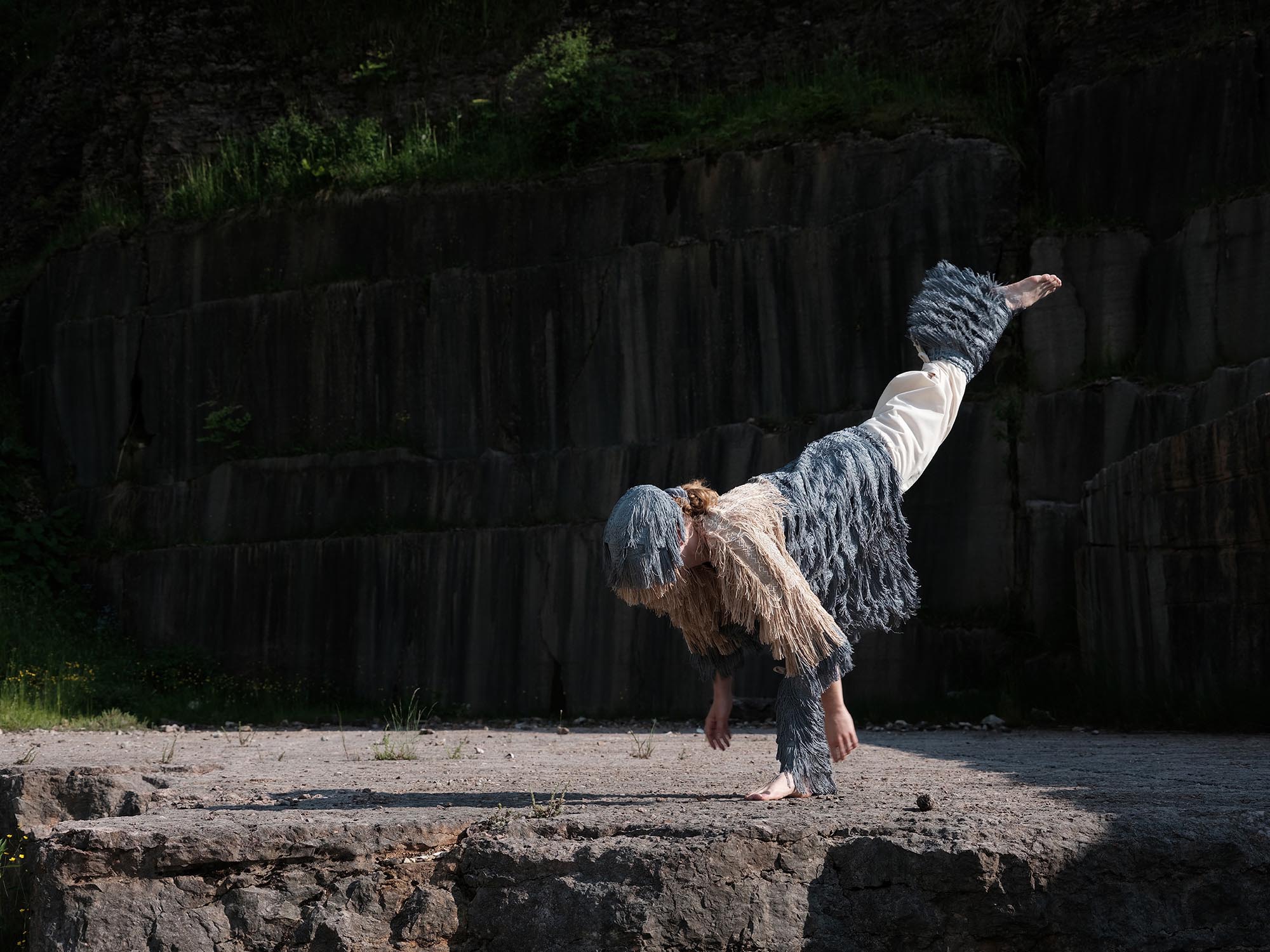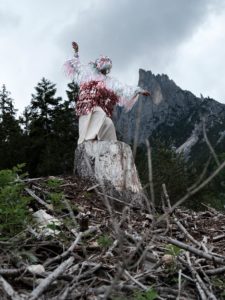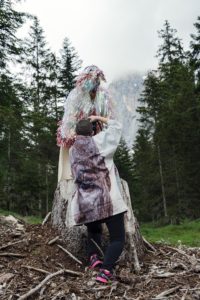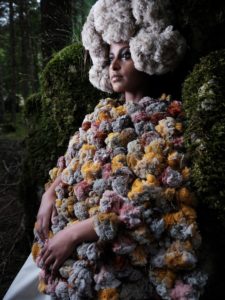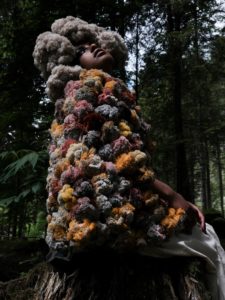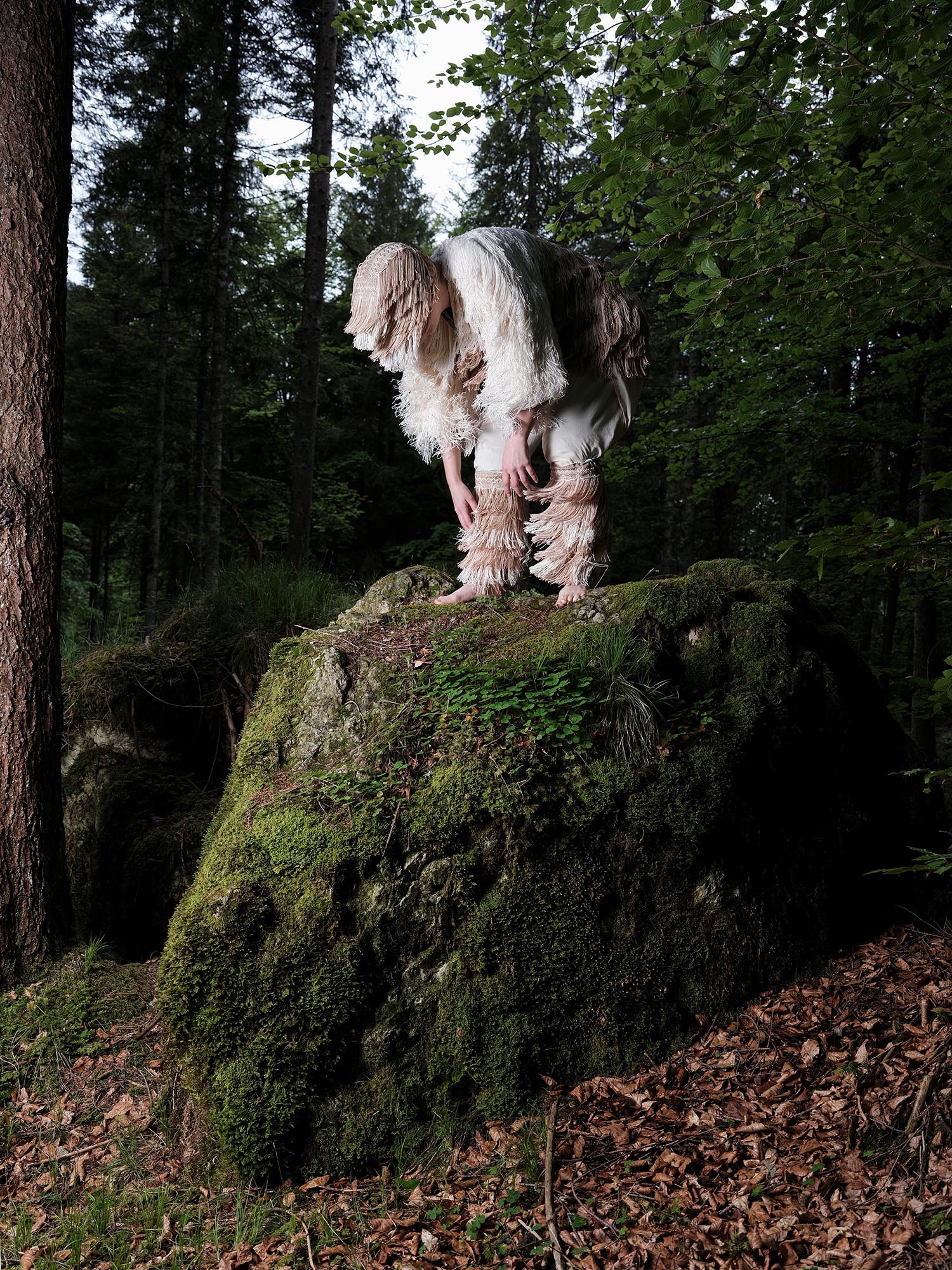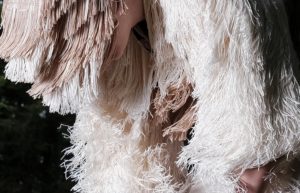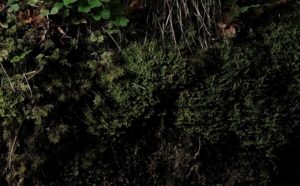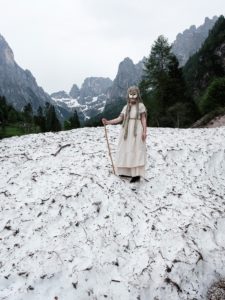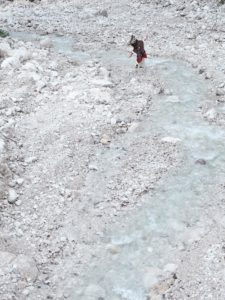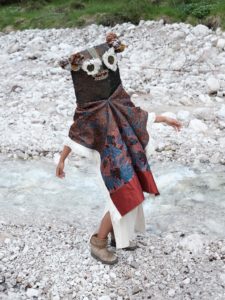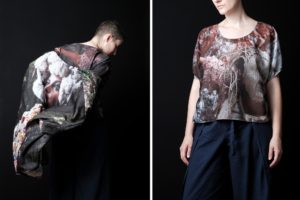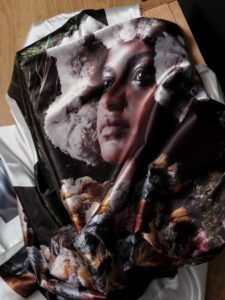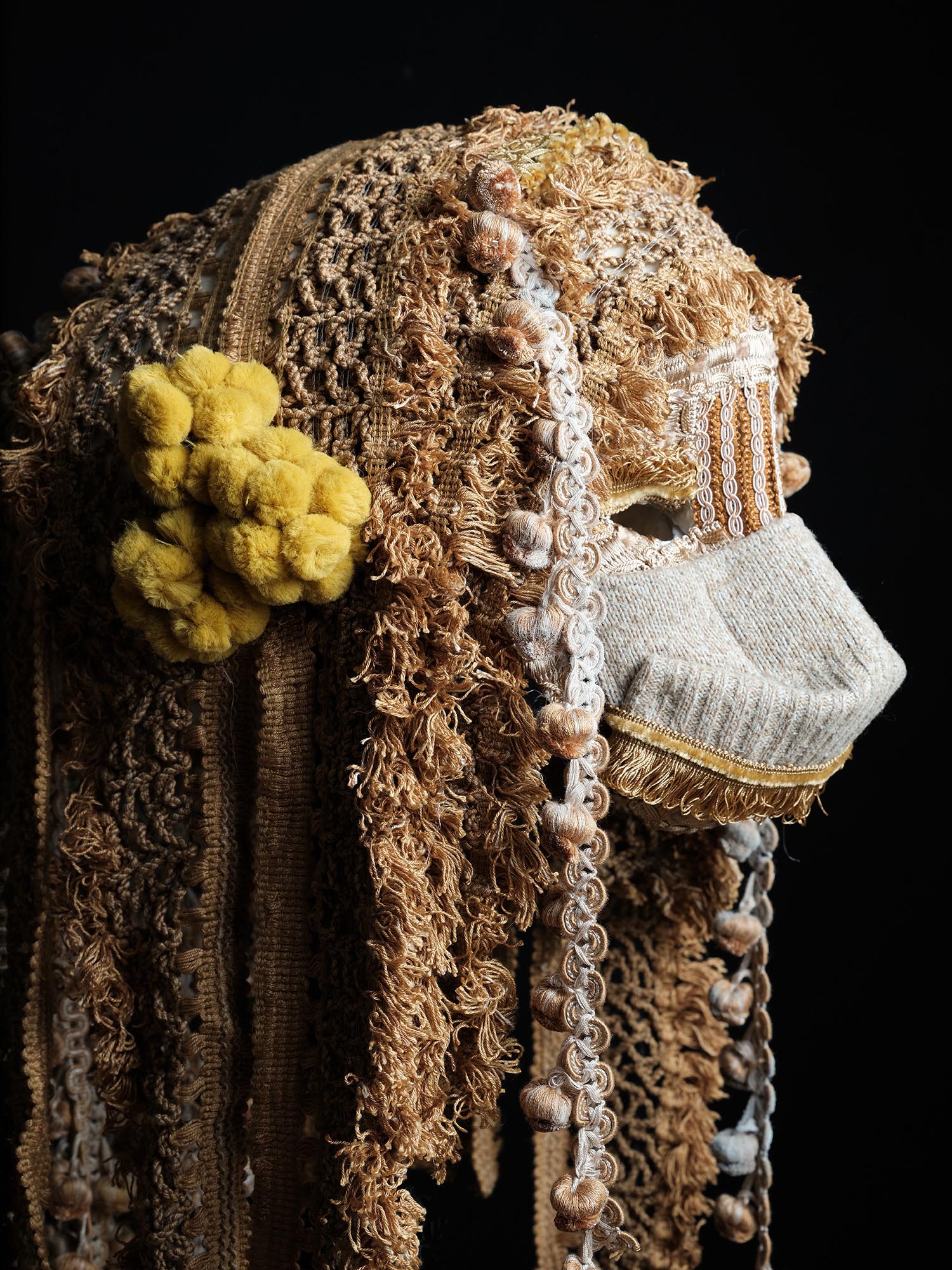
Sara Lando
I live and work in Bassano del Grappa, and I divide my time between commercial portraits, fine art photography and teaching.
A large part of my personal work explores Identity, the boundaries between what is real and what is imagined, and the way in which memory deteriorates and reshapes itself with the passage of time.
I am interested in moments when the traditional relationship between what we are and the world around us is unraveled and replaced by a new definition of what we are or could be.
My work consists in the use of mixed techniques and includes photography, illustration, collage and three-dimensional and material elements. The techniques I use are driven by a playful curiosity and direct interaction with photography as an object rather than digital techniques.
I am fascinated by the fragmentation and degradation of the image and the concept of creation as a consequence of an object’s physical destruction. As a member of the Board of the Italian Association of Professional Photographers Tau Visual I am interested in promoting accessibility and diversity in the field of photography, with special attention to informed consent and the responsibility that the photographer holds towards their subjects.
GFX50S II Impression: Sara Lando
This last year and a half has been quite the rollercoaster on a global scale, but one thing it did was highlighting our need for connection. So many of us had to spend so much time isolated from the world that at some point we started to wonder if the world was even real, out there.
When I was given the opportunity to test drive the new GFX50S II I knew immediately I wasn’t just going to lock myself up in a studio with a model and two lights and I knew I didn’t want this project to only be about a camera: I wanted it to become the excuse to explore the medium of photography and my artistic research in a more meaningful way.
A lot of my work is about the relationship between identity and memory on an individual level, but I felt the need to learn more about how these things play out on a more collective stage. I became interested in festivals and rituals across Europe and the world, and especially in the use of masks and costumes that are worn by individuals to represent abstract concepts: the end of winter, death, fertility, a good harvest, the story of a people.
I decided to pull from my personal archives, from my family’s history and to use repurposed and recycled materials to build my own set of masks, that would represent some of the demons I found myself facing as the world was unraveling, but also some of the qualities that allowed me to deal with it without losing a sense of purpose. I wanted to create something new starting from something that was already there, from things abandoned, things discarded, from junk. My dad is a retired upholsterer and most of the trimmings I used were 50 years old trimmings coming from his garage, the prices on the dusty boxes still written in lire. The structure of most masks was built using construction materials left over from old renovation, masking tape, paper.
I worked following my instinct, creating from a starting point of pleasure, working for hours on end. It was important for me to be able to capture the textures of the materials I was using and working with medium format for me is first and foremost the best way to bring a tactile quality into my images. It’s not just a matter of megapixels: working with the GFX50SII’s 43.8×32.9mm CMOS sensor means that the tonal quality of the image, the dynamic range and the bokeh are way better compared to those of a full frame camera.
In fact, working with the GFX50S II felt closer to working with the GFX100 than working with the old GFX 50S (which is still my main camera: as much as I loved the fast focus and the 6.5 stop IBIS on the bigger sister, I actually prefere working with smaller files as they make my workflow easier. Now you don’t have to choose, as these features have been implemented in the new model).
As soon as I started seeing a direction with this project I contacted Selamawit Biruk and Vittoria Caneva, two talented contemporary dancers I had worked with in the past, to ask them to help me make the costumes come alive. I chose them specifically because they could pull from different archives of movement: Vittoria is a powerful and energetic dancer with a background in ballet, while Selamawit is originally from Eritrea and her approach to movement is subtle and rich in storytelling. They came to my studio and tried on the costumes and added their interpretations of the characters they were given. Their input was vital for understanding what would work and what wouldn’t and to make a final selection to bring on location.
In fact, something was clear from the beginning: the GFX50S II isn’t a camera that is meant to just sit in a studio. The light weight paired with the 6.5 stop 5 axis In-Body Image stabilization and the weather sealing means that not only you get to shoot in tough conditions without having to worry about your gear (and we definitely had to), but you are also able to shoot hand held all day long without having to worry about motion blur, which is definitely not a given when you’re shooting with medium format cameras.
I wanted the location to be meaningful for the project and it didn’t take long to decide where I wanted to shoot: the Dolomites are a mountain range located in northeastern Italy, the place that I go to when my heart needs healing. It’s a UNESCO World Heritage Site for good reasons, a place of incredible beauty and filled with history: during the First World War, the front line between the Italian and Austro-Hungarian army ran through the Dolomites, and you can still see the trenches today and the holes left by the cannon balls. In 2018 a terrible storm hit the mountains and razed entire forests, killing million of trees. And once again the tireless work of many people is bringing the mountain back to life, reminding us all of the importance of taking care of the things we love, even in the face of destruction. It’s a message of hope.
We worked in incredibly unstable weather conditions, with very small windows between each set and light changing incredibly fast. This is where I want my gear to perform: I don’t want to work around my camera limitations, I want my camera to help with mine. The ability to focus with speed and precision was probably my main concern and I was tremendously impress by the way the GFX50sII performed: I was able to get the shot I wanted consistently even with a moving subject and the natural light drastically changing within minutes.
The camera hasn’t been released at the time of me writing this, so I wasn’t able to check the RAW files, but honestly I found myself not really needing to. The dynamic range of this camera is a thing of beauty and even in high contrast situation I didn’t find myself having to compromise to get details both in the lights and in the shadows unless I wanted to push the photo one way or the other for artistic reasons and the film simulations constantly give me a richness in colors that I struggle to replicate myself anyway.
Another thing that helped with the fast pace of the day was using a zoom lens: I almost exclusively shoot with prime lenses, but on location and under the rain I am not always that happy to keep changing lens between shots. It takes time, it means I need to be more careful to avoid dust getting to the sensor, it breaks the flow of my interaction with the subject. I was able to test the GF35-70mmF4.5-5.6WR and was extremely impressed by the punch the designers were able to pack in such a small lens: with its 390g and its collapsible structure it hardly adds any weight to the camera, making it even easier to forget you’re carrying a medium format around for hours.
It also made it possible to shoot different framings in the matter of seconds, giving me more shots to pick from in the editing process.
The GFX50S II uses a large capacity NP-W235 battery: it’s smaller compared to the ones used in the previous model, but they last significantly longer (I shot the whole morning with a single battery). If you have an X-T4 as a companion mirrorless, it’s the same battery.
Working with medium format for me also means that I get to print on a wide rage of materials and retain details and an overall quality that I was never able to get before. The file for me is hardly ever the last step of the creative process, as much as I enjoy seeing the photo on my screen: it’s the starting point of other experiments that will allow me to explore and push the medium further, and have fun with it and learn from it. I want to play around with the relationship between photography-as-a-physical-object and the body: this started on a sewing machine and it felt fitting that it would end there, but this is probably just the starting point of new explorations, made possible by a camera system that I never feel I have to adapt myself around, but supports my ideas and allows them to come to life.
















































